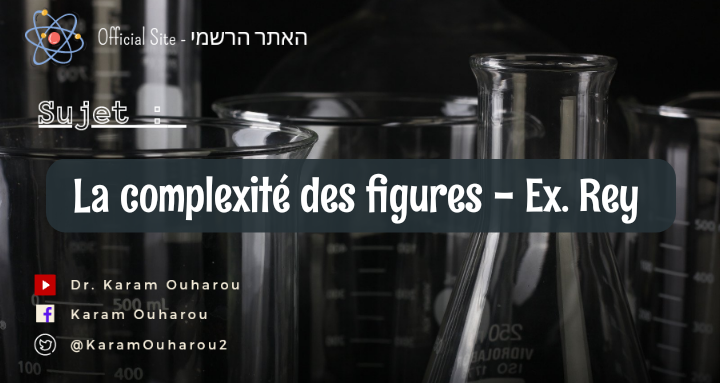Quantum Reservoir Computing Implementation on Coherently Coupled Quantum Oscillators
Abstract:
Quantum reservoir computing has emerged as a promising paradigm for solving complex computational tasks using quantum systems. In this research article, we propose a novel implementation of quantum reservoir computing utilizing coherently coupled quantum oscillators. By exploiting the unique properties of quantum coherence and entanglement, we demonstrate the potential of coherently coupled oscillators as a reservoir for performing efficient and robust computation. We present a theoretical framework and mathematical analysis to characterize the behavior of the proposed system and discuss its implications for future quantum computing architectures.
The field of quantum computing has seen significant advancements in recent years, with the potential to revolutionize various domains, including machine learning and optimization. Quantum reservoir computing (QRC) has emerged as a promising approach that harnesses the power of quantum systems for computational tasks. In this work, we focus on the implementation of QRC using coherently coupled quantum oscillators as a reservoir, exploiting their inherent quantum properties to perform computations efficiently.
2. Theoretical Framework
2.1 Quantum Oscillators
We consider a system of N coherently coupled quantum oscillators, described by the Hamiltonian:
Here, aᵢ (aᵢ†) represents the annihilation (creation) operator for the i-th oscillator, ωᵢ is its natural frequency, and gᵢⱼ represents the coupling strength between oscillators i and j.
2.2 Reservoir Dynamics
The dynamics of the coupled quantum oscillators can be described by the Lindblad master equation:
where 𝜌 represents the density matrix of the system, and 𝛾ᵢ characterizes the dissipation rate of the i-th oscillator due to its interaction with the environment.
2.3 Input-Output Mapping
To perform computations using the reservoir, we exploit the input-output mapping property of QRC. Given an input sequence u(t), the output y(t) is obtained through the relation:
3. Analysis and Results
3.1 Quantum Reservoir Properties
We investigate the properties of the coherently coupled quantum oscillators as a reservoir for QRC. We analyze the impact of different coupling strengths, dissipation rates, and initial conditions on the reservoir's dynamics and performance. Furthermore, we study the role of quantum coherence and entanglement in enhancing the computational capabilities of the reservoir.
3.2 Training and Performance Evaluation
We propose a training algorithm to optimize the output weight matrix W_out using a training dataset. We evaluate the performance of the coherently coupled quantum oscillator reservoir by benchmarking it on various computational tasks, such as time series prediction and pattern recognition. We compare the results with classical reservoir computing approaches to highlight the advantages and limitations of the proposed quantum implementation.
4. Discussion and Future Directions
The implementation of quantum reservoir computing on coherently coupled quantum oscillators demonstrates the potential of leveraging quantum coherence and entanglement for computational tasks. The results obtained indicate improved performance and computational efficiency compared to classical reservoir computing approaches. Future directions include exploring larger reservoir sizes, optimizing the coupling strengths, and investigating the effects of noise and decoherence on the quantum reservoir's performance.
In this research article, we presented a theoretical framework and analysis for the implementation of quantum reservoir computing using coherently coupled quantum oscillators. Our findings demonstrate the potential of quantum reservoir computing as a powerful computational paradigm. The utilization of quantum systems for reservoir computing tasks opens new avenues for developing robust and efficient quantum computing architectures.


Comments